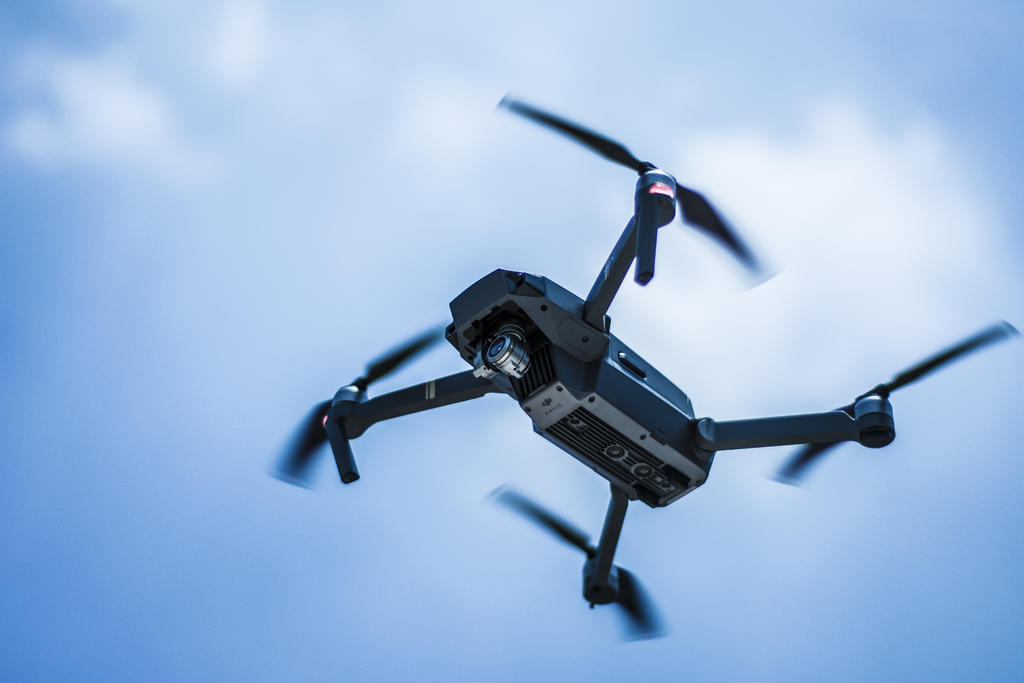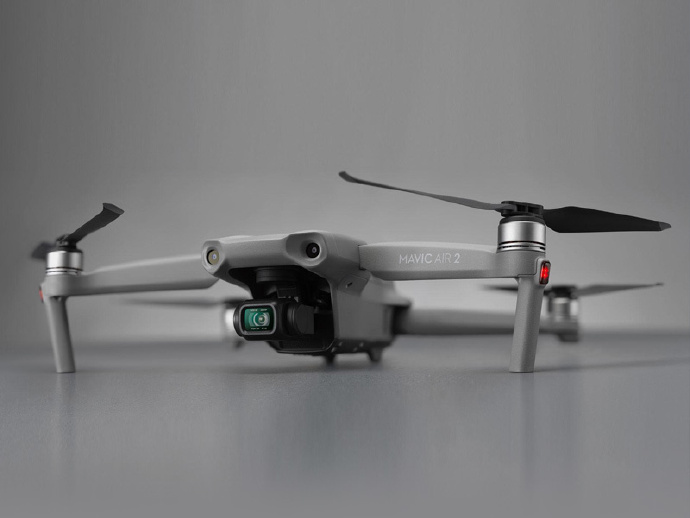In today’s rapidly evolving world, the proliferation of drones has brought a transformative impact on various sectors. From photography to agriculture, tracking a drone is paramount to leveraging its full potential.
Understanding Drone Components
The first step in tracking drones efficiently is understanding the anatomy of these flying machines. A drone typically consists of a frame, a motor, a controller, and sensors. These elements work together to ensure optimal flight performance and ease in monitoring.
Technological Methods for Tracking
Several technological strategies are used to track drones today. GPS tracking is the most common, providing real-time data on drone location. GPS trackers are often embedded in drones, allowing operators to locate them with precision.
Radio Frequency Identification (RFID)
Some drones use RFID systems. RFID tags transmit signals that can be captured by readers, offering another layer of security and accuracy in tracking a drone’s position.

Software Tools
Advanced software solutions are integral to modern drone tracking. These applications provide a user-friendly interface and detailed insights into flight paths and behaviors, enhancing the tracking experience.
Challenges in Drone Tracking
Tracking a drone presents unique challenges. Signal interference, environmental obstacles, and regulatory hurdles can impede efficient operations. Additionally, privacy concerns arise, making it essential to balance tracking precision with ethical considerations.
Frequency Interference
Various devices operate on similar frequencies, leading to signal interference. Implementing frequency hopping techniques and utilizing advanced algorithms can mitigate these issues.

Best Practices for Effective Tracking
To master tracking a drone, adopting best practices is essential. Regular maintenance checks ensure that trackers and sensors are functioning optimally. Furthermore, updating firmware and software tools regularly can prevent disruptions and enhance performance.
Ethical Use and Privacy
Respecting privacy is crucial. Operators must adhere to regulations and ensure that they do not infringe on individuals’ privacy while tracking drones. Understanding the legal landscape can avert potential legal conflicts.
The Future of Drone Tracking
As technology advances, drone tracking will become more sophisticated. Artificial intelligence and machine learning algorithms will seamlessly integrate, offering enhanced tracking precision and automated responses to anomalies.
AI Integration
AI tools can predict flight patterns based on historical data, making tracking more intuitive and predictive. This transformative approach will redefine how we monitor drones, offering a proactive strategy rather than a reactive one.
Common Questions about Drone Tracking
Can all drones be tracked? Yes, most commercial drones come equipped with tracking systems, though the level of sophistication varies.
Is GPS tracking enough? While GPS is fundamental, combining it with RFID and software tools enhances accuracy.
How can signal interference be minimized? Utilizing frequency hopping and advanced algorithms can effectively mitigate interference issues.